Tanzania coffee bean characteristic flavor taste variety origin story Kilimanjaro coffee bean flavor
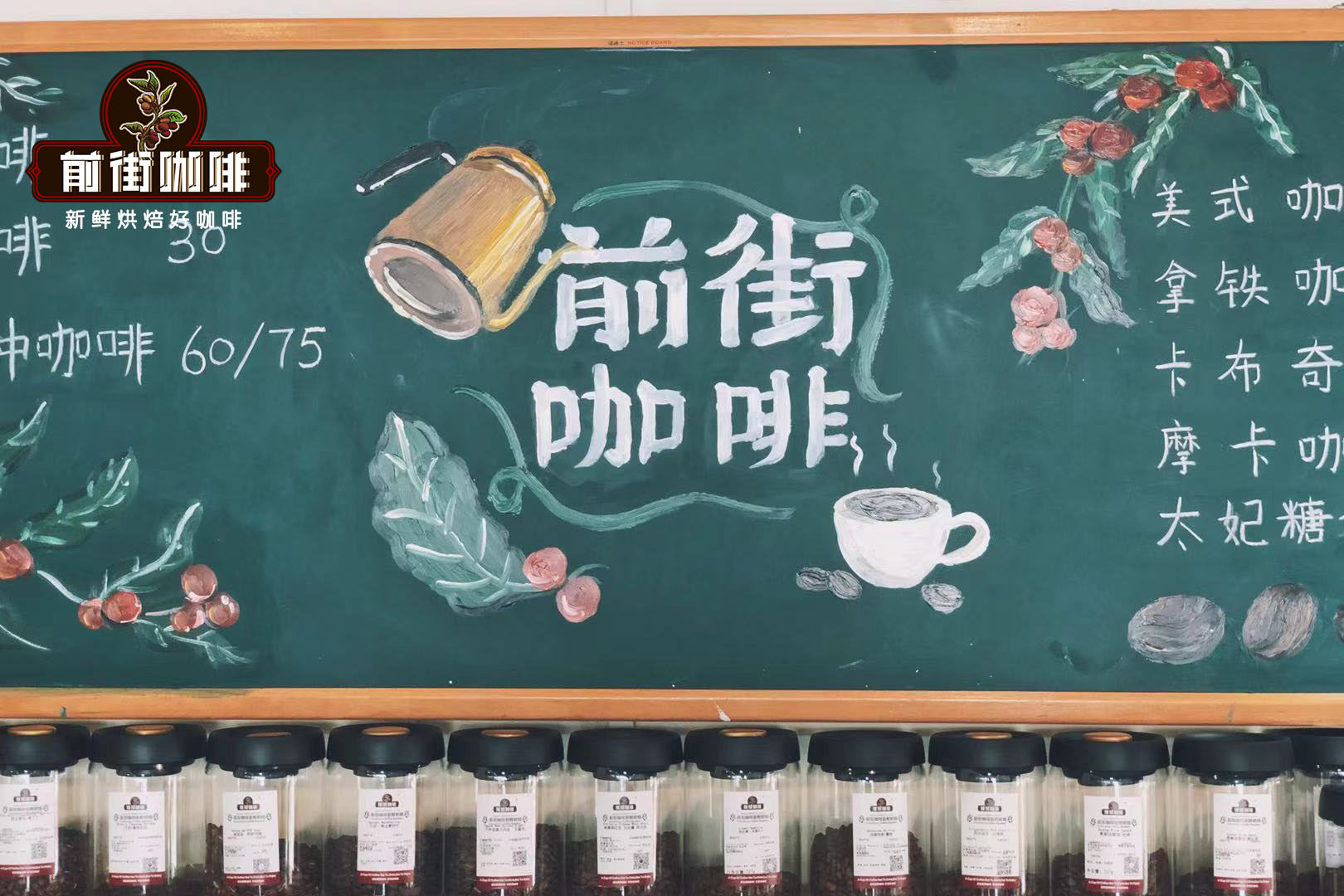
Tanzania is a typical East African country. Qianjie Coffee found that many people like to compare Tanzanian coffee beans with his neighbor Kenya. Qianjie Coffee feels that compared with Kenyan high-quality coffee beans, Tanzanian coffee beans have less bright acidity, softer beauty and more sweetness. Tanzania coffee beans are most famous for Kilimanjaro coffee beans in the northeast. So what's the difference between coffee beans in northeastern Tanzania and coffee beans in the south?
Source of Tanzanian beans: in 1898, bourbon coffee was introduced by Catholic priests to the Kilimanjaro region of Tanzania. Then the Kent species was introduced in 1920. Therefore, up to now, coffee beans in Tanzania are mainly bourbon and Kent. Bourbon coffee fruit is short and round, with high density of pulp and seeds. Bourbon coffee usually has high sweetness and bright acidity. The output of bourbon coffee is 20-30% higher than that of iron pickup, but it is still regarded as a low-yield bean seed and is also vulnerable to rust leaf disease. Kent: a hybrid variety of Tibika found in India with high yield and strong disease resistance.
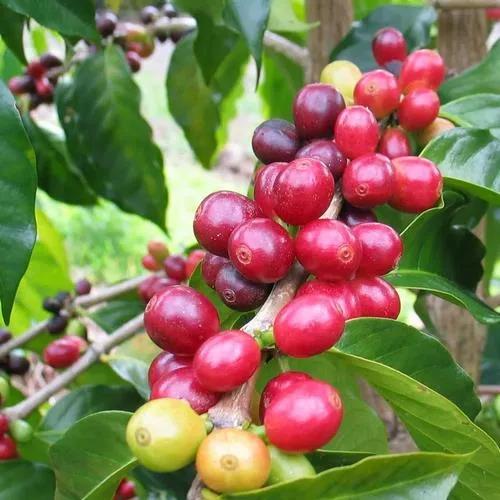
Tanzania: Kilimanjaro, Ruvuma, Mbeya. Kilimanjaro
This is the oldest Arabica coffee producing area in Tanzania, so it is not excessive to say that this area has the longest time to develop the international reputation of the producing area. Because of the long history of the coffee industry, the infrastructure here is also good, but many coffee trees are quite old, so the yield is relatively low. In recent years, other crops have a tendency to gradually replace coffee. Altitude: 1050-2500 m, harvest time: July-December. Ruvuma
This area is located in the southernmost part of Tanzania and its name comes from the Ruvuma River. Coffee is mostly grown in the Mbingo area, which is considered to be a potential producing area to produce high-quality coffee, 1200-1800 meters above sea level, with harvest time from June to October. Mbeya
Located around the city of Mbeya in southern Tanzania, this area is an important producer of high-value export crops such as coffee, tea, cocoa and spices. In recent years, it has attracted the attention of many certification bodies and non-governmental organizations, in order to improve the low-rated coffee quality in this area: altitude: 1200-2000, harvest time: June-October. Kenyan coffee grading system
Coffee in Tanzania is graded in the same way as in Kenya, both according to the size of coffee beans. When screening, let the raw coffee beans pass through the screen with fixed-size holes. The larger the number of the screen, the larger the particles of the raw coffee beans.
AA grade: particle size (Screen Size) between 17mm and 18mesh (7.20mm screen)
AB grade: particle size (Screen Size) between 15mm and 16mesh (6.8mm~6.2mm screen)
PB: round raw beans, accounting for about 10% of all coffee beans
Class C: particle size (Screen Size) between 12 and 14 mesh (4.8mm~5.6mm sieve) washing method
Tanzanian coffee is mostly washed. After picking, coffee farmers will send the coffee fruit to the nearest processing plant for processing.
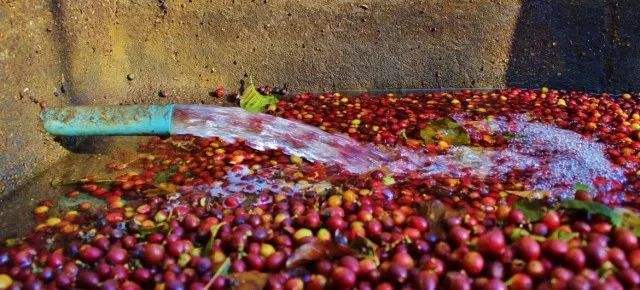
Front Street Coffee Tanzania Kilimanjaro Coffee
Treatment: washing
Grade: AA
Producing area: Kilimanjaro volcano area in the northern highland
Variety: bourbon
Altitude: 1300-2000m
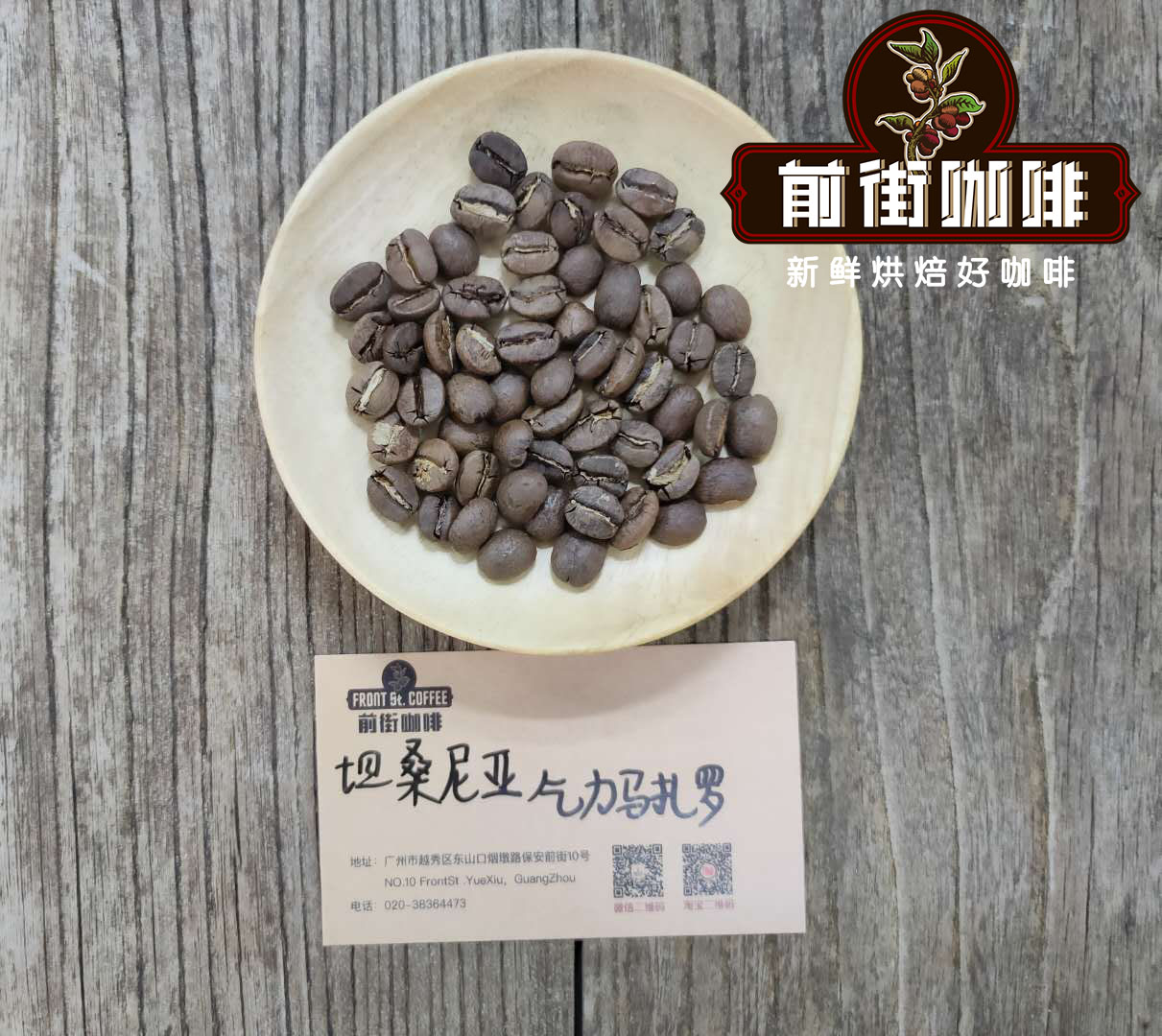
Tanzania is a typical East African country, bordering Kenya and Uganda to the north, Malawi, Mozambique and Zambia to the south, and Rwanda and Burundi to the west. When it comes to Tanzanian coffee, the first thing that comes to mind for many coffee people is Kilimanjaro. Yes, this is a unique "Kilimanjaro flavor", it has a mellow texture, suitable acidity and strong aroma, has the laudatory name of "coffee gentleman". Qianjie Coffee takes Tanzanian coffee compared with his neighbor Kenya. Compared with Kenyan high-quality coffee beans, Tanzanian coffee has less bright acidity, softer beauty and more sweetness. The strong smell of red wine is also a characteristic of Tanzania.
Kilimanjaro volcano area
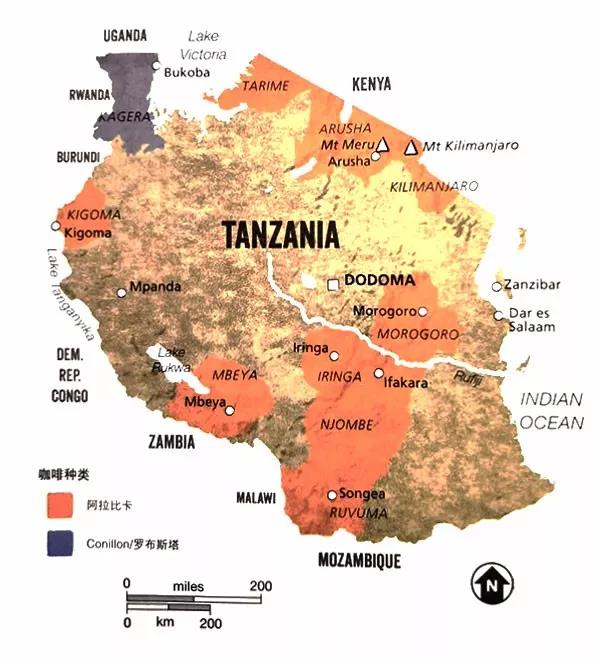
Kilimanjaro
Kilimanjaro is the largest coffee producing area in Tanzania, and Kilimanjaro coffee is also an important lifeline of the Tanzanian economy. Kilimanjaro coffee comes from Mount Kilimanjaro, the highest mountain in Africa in northeastern Tanzania. Local coffee farmers grow between 1300 and 2000m above sea level, are bred by volcanic ash, and grow at high elevations, producing coffee beans of high quality.
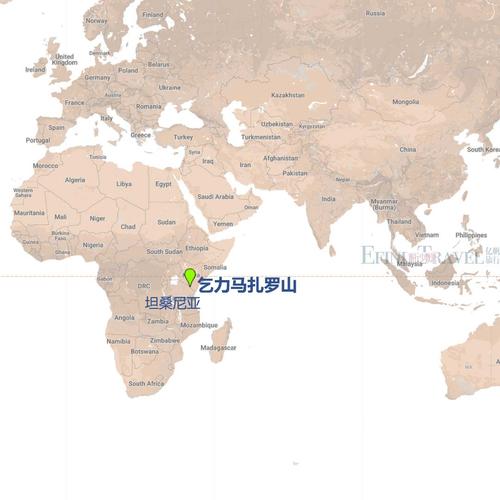
Qianjie coffee roasting
Kilimanjaro coffee is a uniform size of large coffee beans, the color is gray-green, compared with a strong sour and sweet flavor, excellent flavor. Medium and shallow baking will give off a sweet taste and a light sour taste.
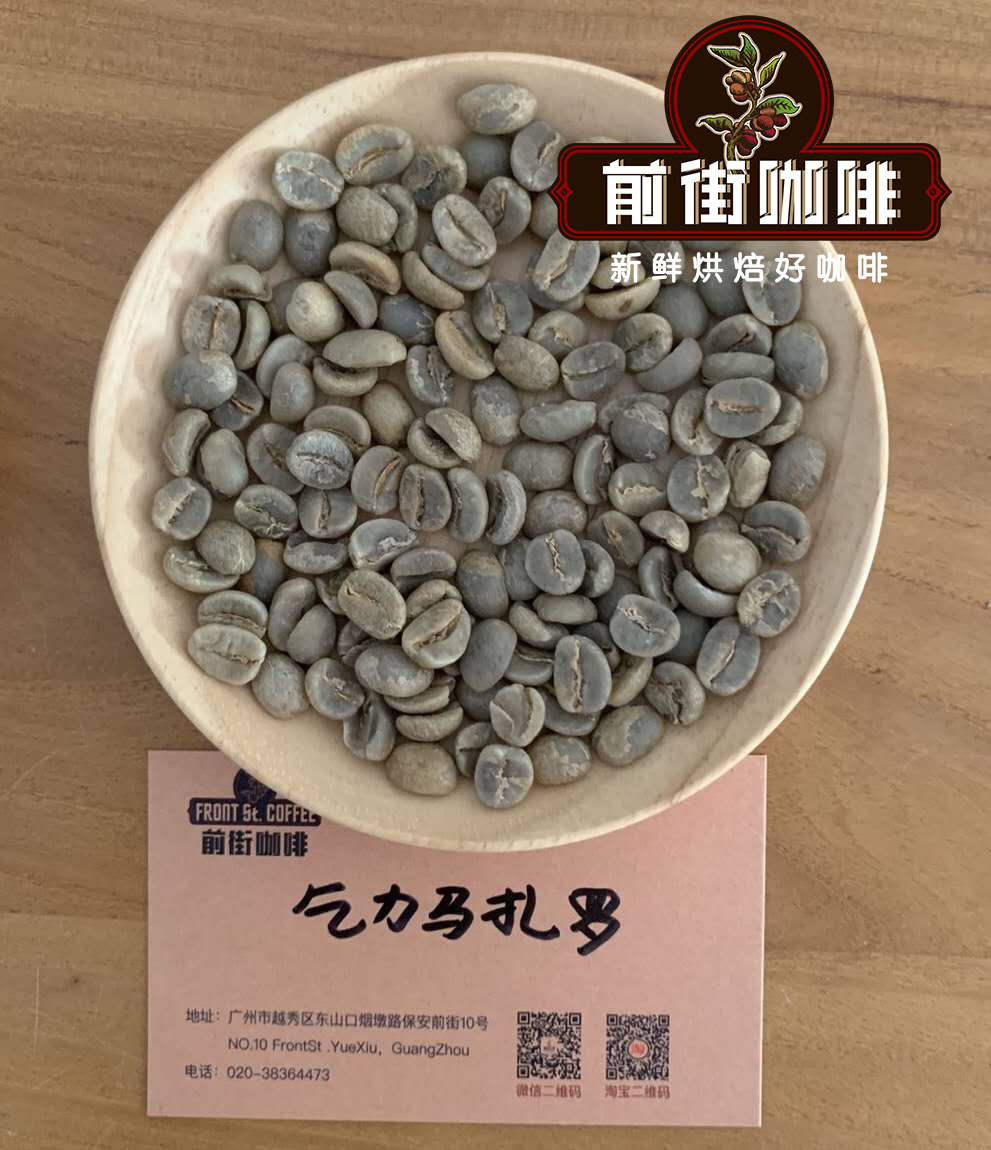
Qianjie believes that the properties of this bean are very similar to Kenyan coffee, using medium and shallow roasting to highlight the bright and thick acidity.
Coffee cup test report on Qianjie
Dry incense: caramel
Wet fragrance: berries
Cup test results: imported citrus, berries, tea
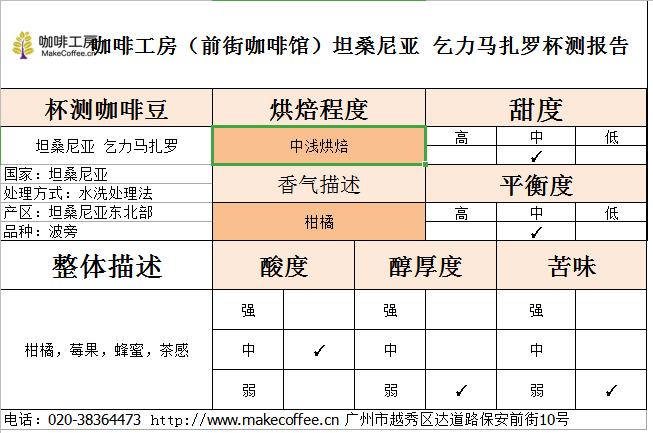
Qianjie coffee brewing parameters
Filter cup: V60
Powder / water ratio: 1:15
Water temperature: 91 degrees
Degree of grinding: 20 standard sieve through 80%
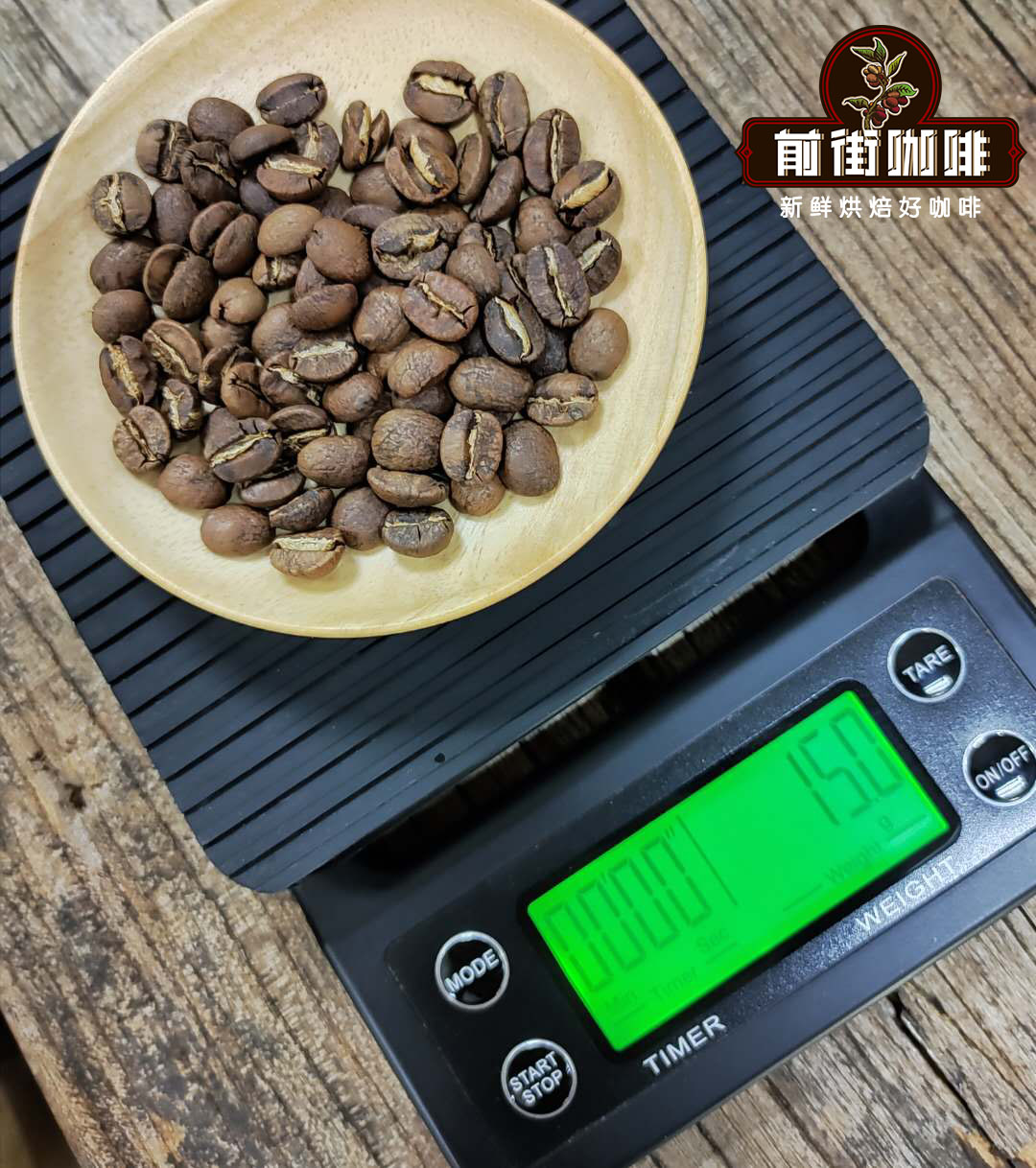
Qianjie coffee brewing method
30 grams-125 grams-225 grams.
30 grams of water is steamed for 30 seconds, and 125 grams of water is injected around the circle at the end of steaming. Wait for the water level to drop to half, and continue to inject 225 grams of water around the circle.

Description of coffee flavor in Qianjie
Honey, berries, tea, citrus.
Qianjie Coffee Southern Tanzania
Producing area: southern region
Variety: bourbon
Treatment: washing
Grade: AA
Altitude: 1200-2100 m
There are few kinds of coffee in Tanzania, but the demand for coffee produced in Tanzania is also relatively high in the world coffee market, because many people like the flavor characteristics of Tanzanian coffee. What are the flavor characteristics of Tanzanian coffee? How about coffee in southern Tanzania? Let's learn about it with Qianjie.
Tanzania is located in the central and eastern part of Africa, Tanzania boutique coffee is a typical representative of washed coffee, bright and delicious acidity is one of its major characteristics.
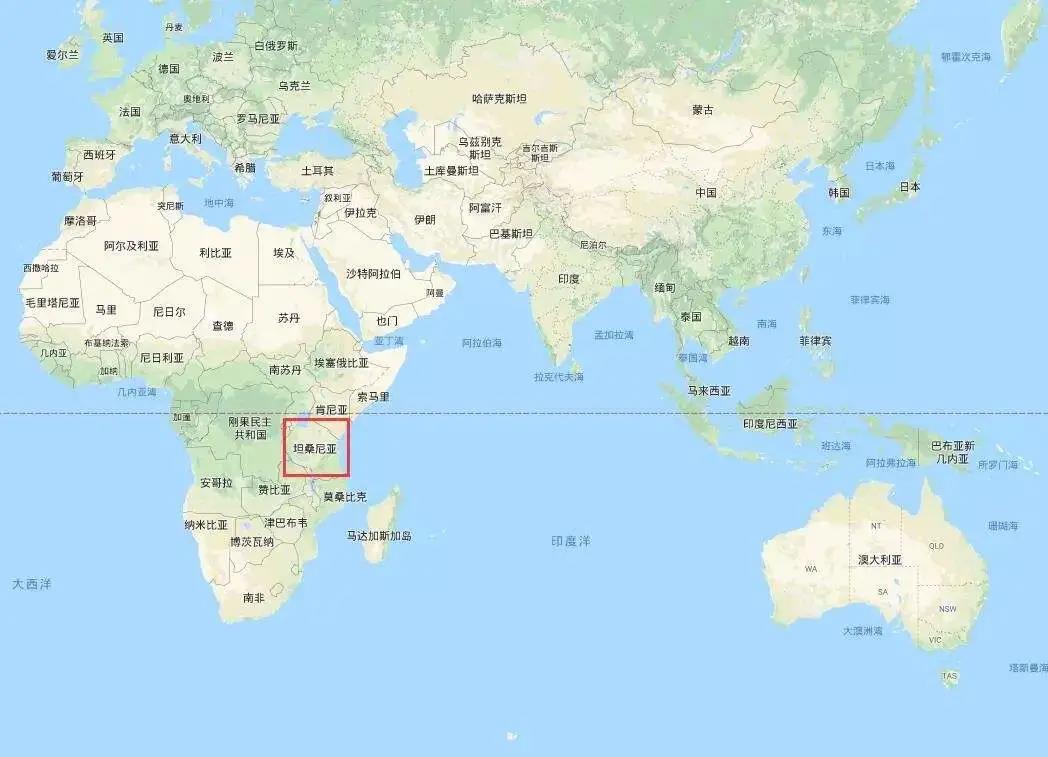
Tanzania's neighbor Kenya is a well-known producer of boutique coffee. Tanzania has many similarities in the flavor of its coffee beans with Kenyan coffee because of its similar geological conditions. Coffee in Tanzania is mainly grown in the north and south of its territory. the excellent altitude and climatic conditions make the quality of these coffees very potential. coffee in the south also has the traditional flavor characteristics of Tanzanian coffee.
Qianjie coffee baking curve
In order to highlight the coffee flavor of coffee in the south, Qianjie coffee roasters use medium-light roasting.
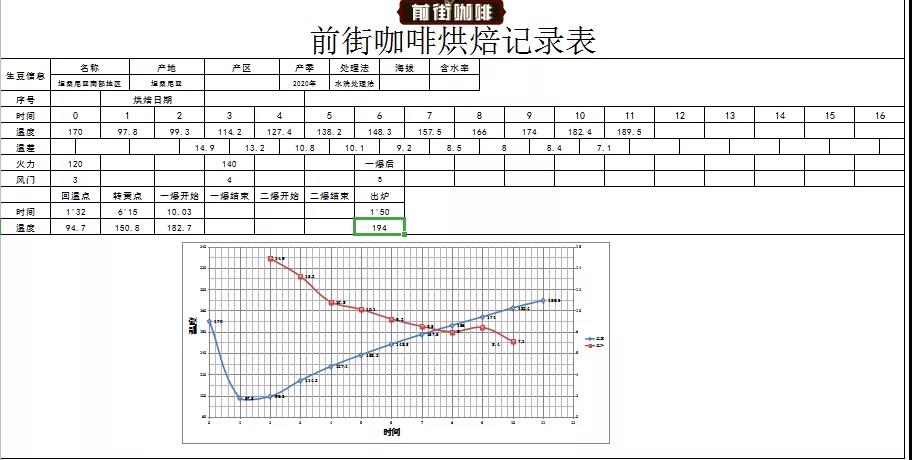
Coffee cup test report on Qianjie
Dry aroma: berries, fermentation
Wet fragrance: berries, flowers
Cup test: citrus, caramel, nuts, fermented aroma
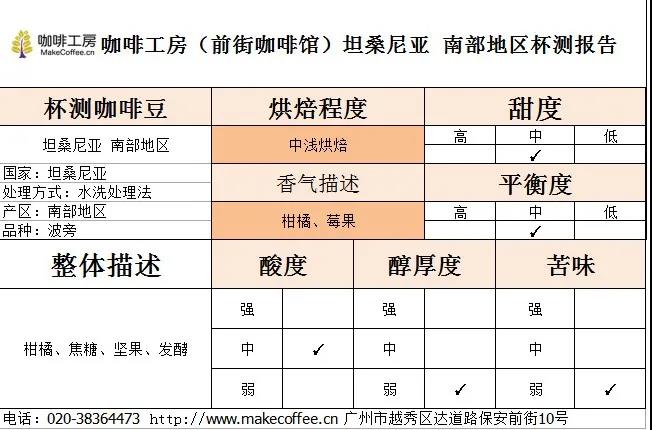
Qianjie coffee brewing parameters
Filter cup: V60
Water temperature: 91C
Gouache ratio: 1:15
Degree of grinding: 20 sieve pass rate 80% Qianjie coffee brewing method
30 grams of steam for 30 seconds, after the end of steaming, circle injection of water to 125 grams, and so on after the water level dropped by half, continue to circle injection of 225 grams, the total extraction time is 2 minutes.
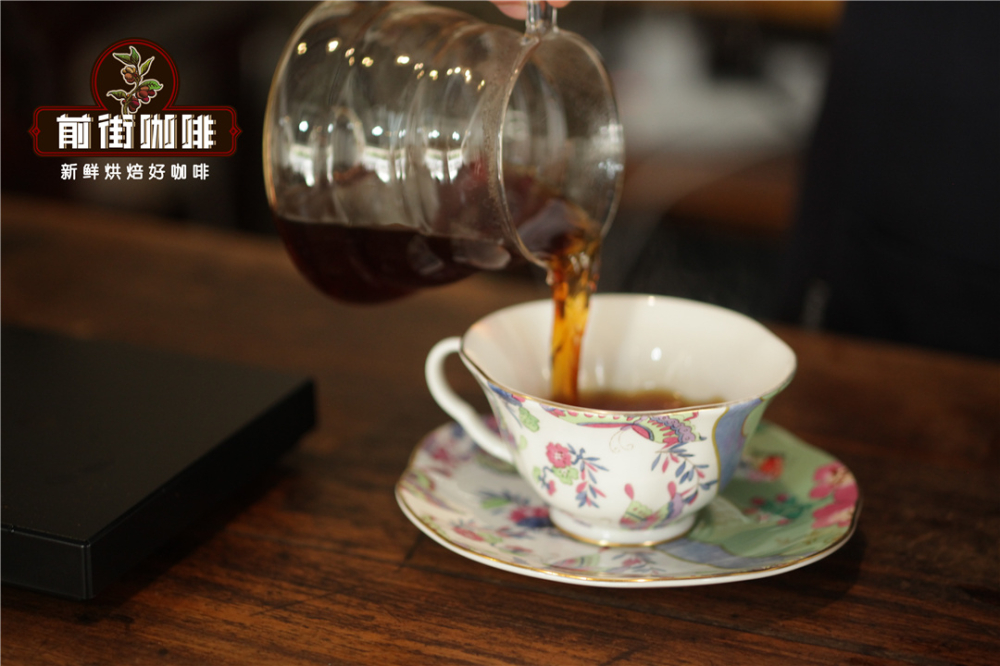
Description of coffee flavor in Qianjie
Floral aromas, berries, oranges, nuts. The difference between Kilimanjaro coffee beans and southern coffee beans
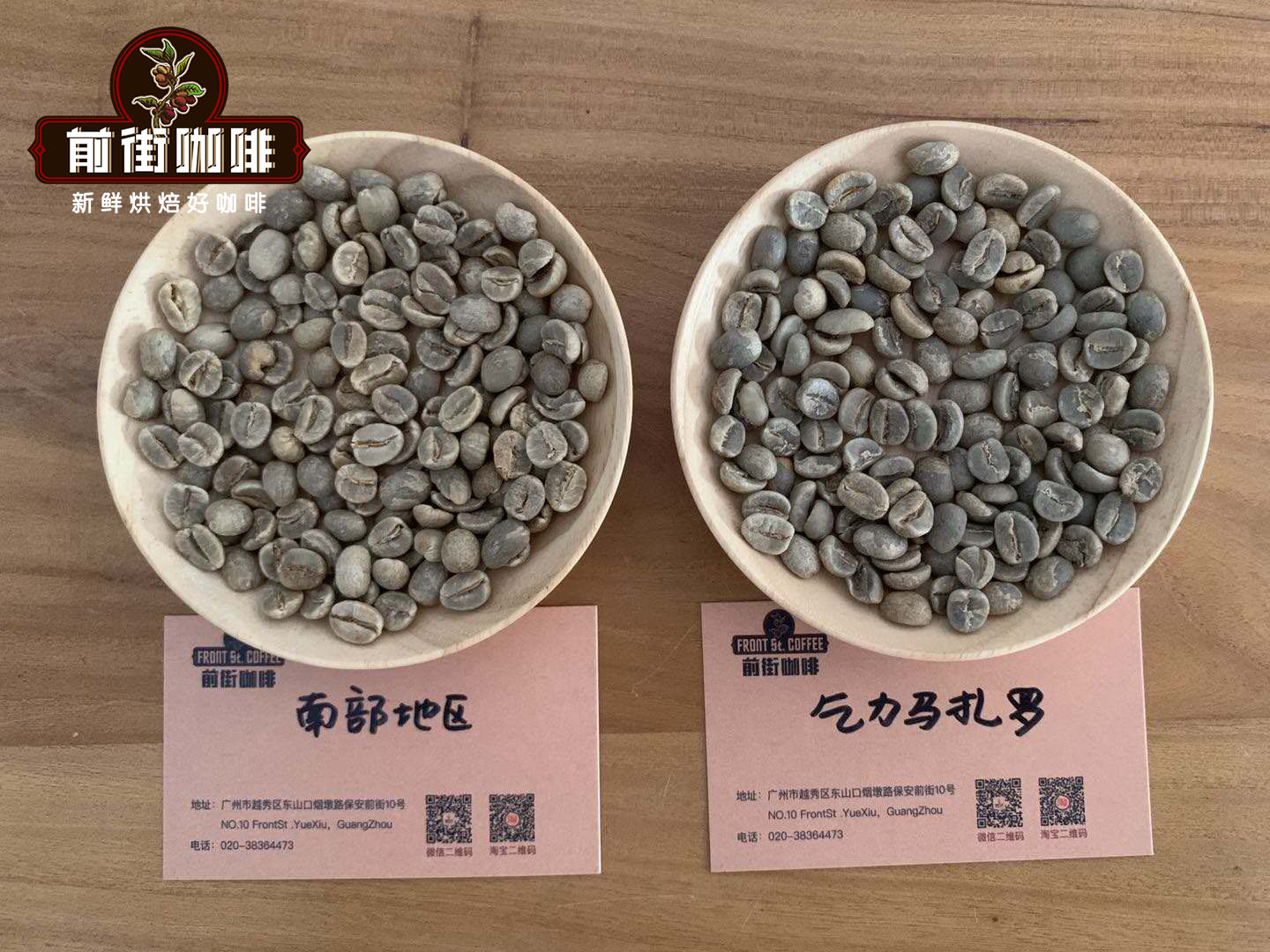
Qianjie coffee found that Kilimanjaro coffee will be more acidic than the southern coffee, the southern coffee will show a nutty flavor when cold.
Professional coffee knowledge exchange more coffee bean information please follow the coffee workshop (Wechat official account cafe_style)
For more boutique coffee beans, please add private Qianjie coffee on Wechat. WeChat account: kaixinguoguo0925
Important Notice :
前街咖啡 FrontStreet Coffee has moved to new addredd:
FrontStreet Coffee Address: 315,Donghua East Road,GuangZhou
Tel:020 38364473
- Prev

Description of taste and flavor of Panamanian coffee beans introduction to the treatment of varieties in producing areas
Description of taste and flavor of Panamanian coffee beans description of varieties in producing areas introduction of lime, coconut flowers, clean, lively acidity, medium alcohol thickness unique Colombian red wine treatment method Columbia Colombia Manor: Nubia NUBIA, ANATOLI3-
- Next

Brazilian Coffee Bean Characteristics Flavor Description Grind Scale Variety Area Treatment
Brazilian Coffee Bean Characteristics Flavor Description Grind Scale Variety Production Area Treatment Brazil is figuratively compared to the giants and kings of the coffee world. There are about 3.97 billion coffee trees, and small farmers now grow 75 percent of Brazil's coffee. Brazil has twice or even three times as many coffee producers as Colombia, which is the world's second largest coffee producer.
Related
- Detailed explanation of Jadeite planting Land in Panamanian Jadeite Manor introduction to the grading system of Jadeite competitive bidding, Red bid, Green bid and Rose Summer
- Story of Coffee planting in Brenka region of Costa Rica Stonehenge Manor anaerobic heavy honey treatment of flavor mouth
- What's on the barrel of Blue Mountain Coffee beans?
- Can American coffee also pull flowers? How to use hot American style to pull out a good-looking pattern?
- Can you make a cold extract with coffee beans? What is the right proportion for cold-extracted coffee formula?
- Indonesian PWN Gold Mandrine Coffee Origin Features Flavor How to Chong? Mandolin coffee is American.
- A brief introduction to the flavor characteristics of Brazilian yellow bourbon coffee beans
- What is the effect of different water quality on the flavor of cold-extracted coffee? What kind of water is best for brewing coffee?
- Why do you think of Rose Summer whenever you mention Panamanian coffee?
- Introduction to the characteristics of authentic blue mountain coffee bean producing areas? What is the CIB Coffee Authority in Jamaica?

